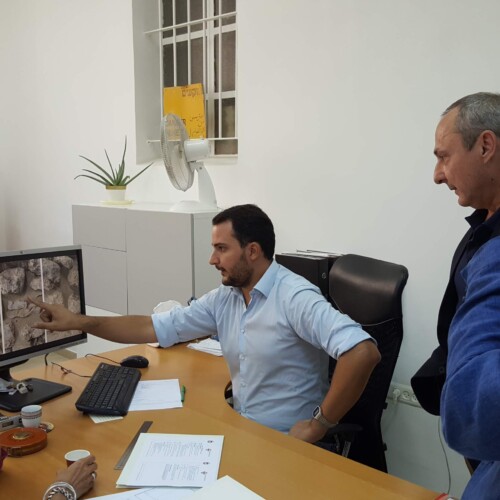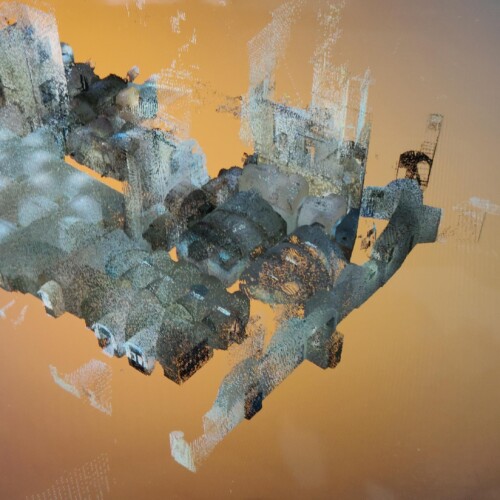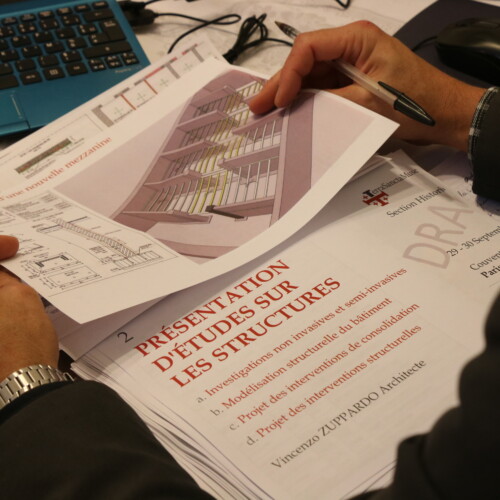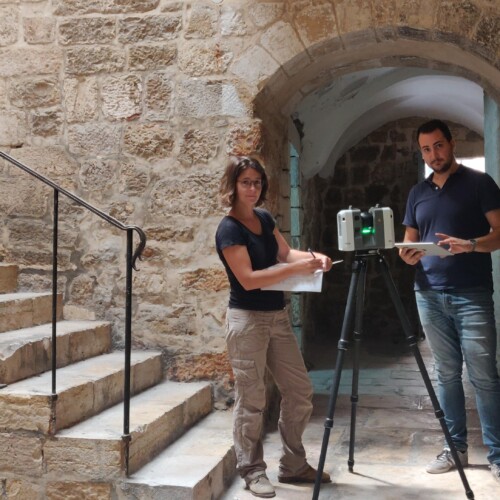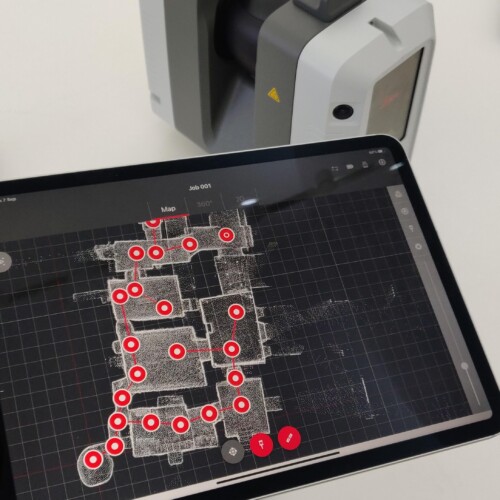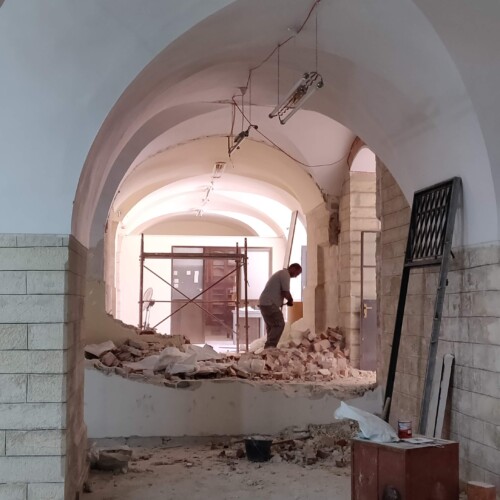The Museum is growing. An update from the Terra Sancta Museum.
Vincenzo Zuppardo, the architect for the historical section of the Terra Sancta Museum, gives us an update on the work carried out in 2020 despite the Covid-19 pandemic and tells us about the future of the site, which will depend to a great extent on the arrival of donations for the construction of the museum.
Mr Zuppardo, what work was done on the historical section of the museum in 2020?
Thanks to the generous donation by the Representative Office of Hungary in Ramallah, the work carried out has continued both on the design and planning side, and on the site.
In 2020 we defined the whole area for the works and demolished all the modern dividing walls that were in the future museum space. With the Technical Department of the Custody of the Holy Land, we then started laser scanning the wing of the building concerned by the construction of the museum, both to have evidence of the start of the works and to obtain the data necessary to prepare the final drawings of the project and the structural consolidation.
The monastery of St Saviour, where the historical section of the Terra Sancta Museum will be, is a very complex building, as it was built in different times with different stratifications. Before converting some spaces on the exhibition route, the technicians have to ensure that the existing structures are suitable, evaluating each intervention in the respect of the history of the structure, which will be an added value for visitors to the museum.
Another major job was the excavation to reach the planned floor level of the rooms that will be dedicated to the registers of gifts, to the donations from Spain and to the pharmacy. First of all, we checked its technical feasibility and then we removed many cubic metres of filling material to bring these rooms to the same level as the others.
At the same time, we completed two studies presented at the last scientific committee of Paris which will be useful for solving two important issues: managing the outflow of rainwater and the problem of rising damp.
How has the Covid-19 pandemic affected the continuation of the work?
The pandemic has had a great effect on the work. During the lockdowns, the workers could not reach the site and we had many slowdowns in the supply of materials, especially those coming from abroad.
In addition, it was impossible to bring over from Italy some specialists from a firm in Padua we have involved to carry out tests on the existing structures, leaving the work of structural diagnosis and modelling in a state of limbo.
What are the next steps in building the Terra Sancta Museum?
We will continue the processes already started, completing the laser scanning on the upper floors of the monastery. When the consultants arrive from Italy, we will do the surveys on the structures with specific apparatus to define the structural consolidation work necessary. The next step will also be the more complex and decisive structural work such as the consolidation of some deteriorated structures where there are to be two passages in the exhibition route. We will complete the excavations that have already started and we will also dig in the room of Italian treasures. We will remove the modern flooring and we will reach the level planned in the project. It will then be necessary to complete the records on all the walls to understand their historical importance, solidity and state of deterioration and then start the works of architectonic restoration. As far as the project part is concerned, we will complete the final plans of the installations, the doors and windows and the display cabinets.
As can be seen, there is a lot of work yet to be done, but the next steps I have spoken of will depend above all on the arrival of new donations.
Find out how you can help build the Terra Sancta Museum. Click the DONATE button!

